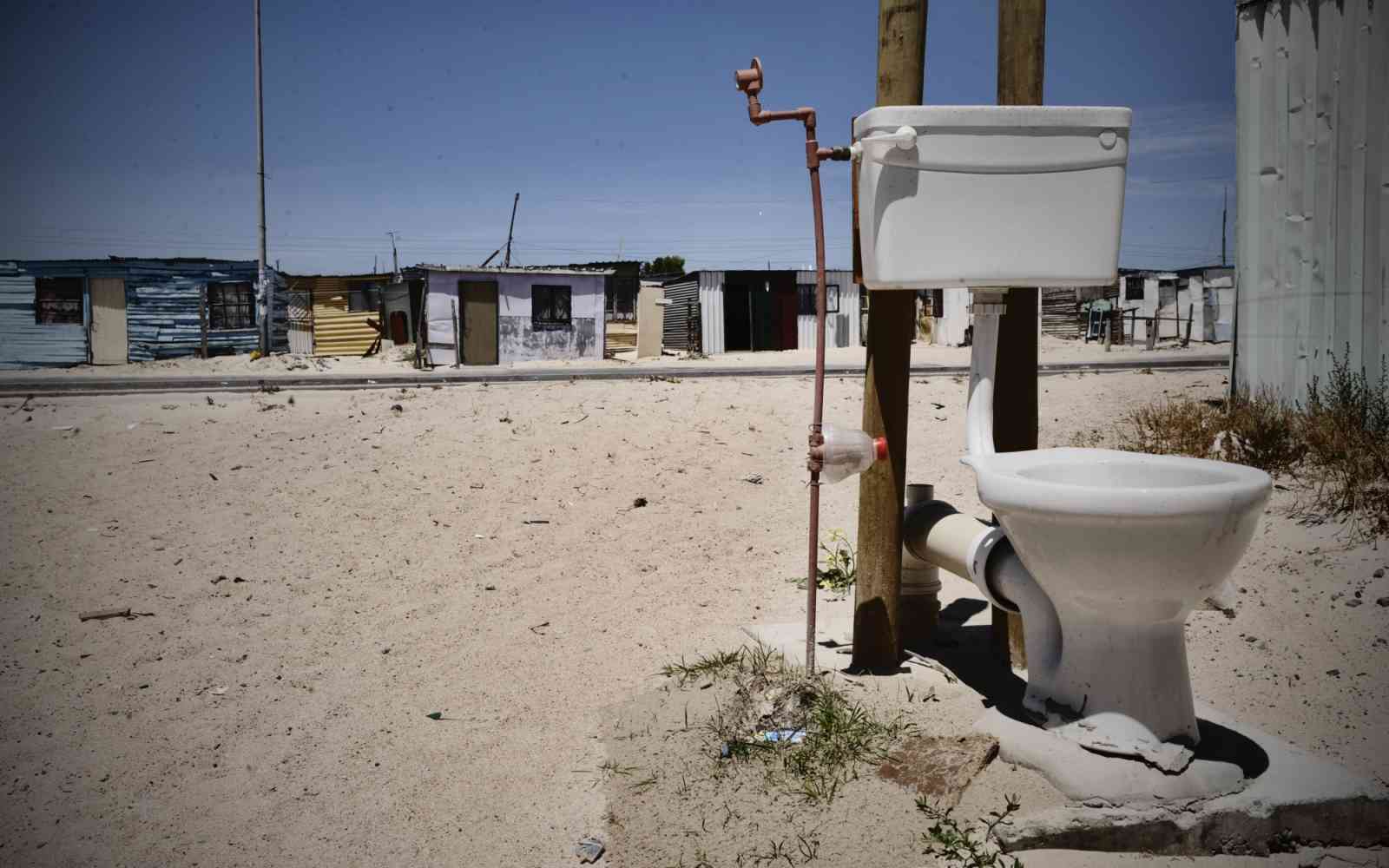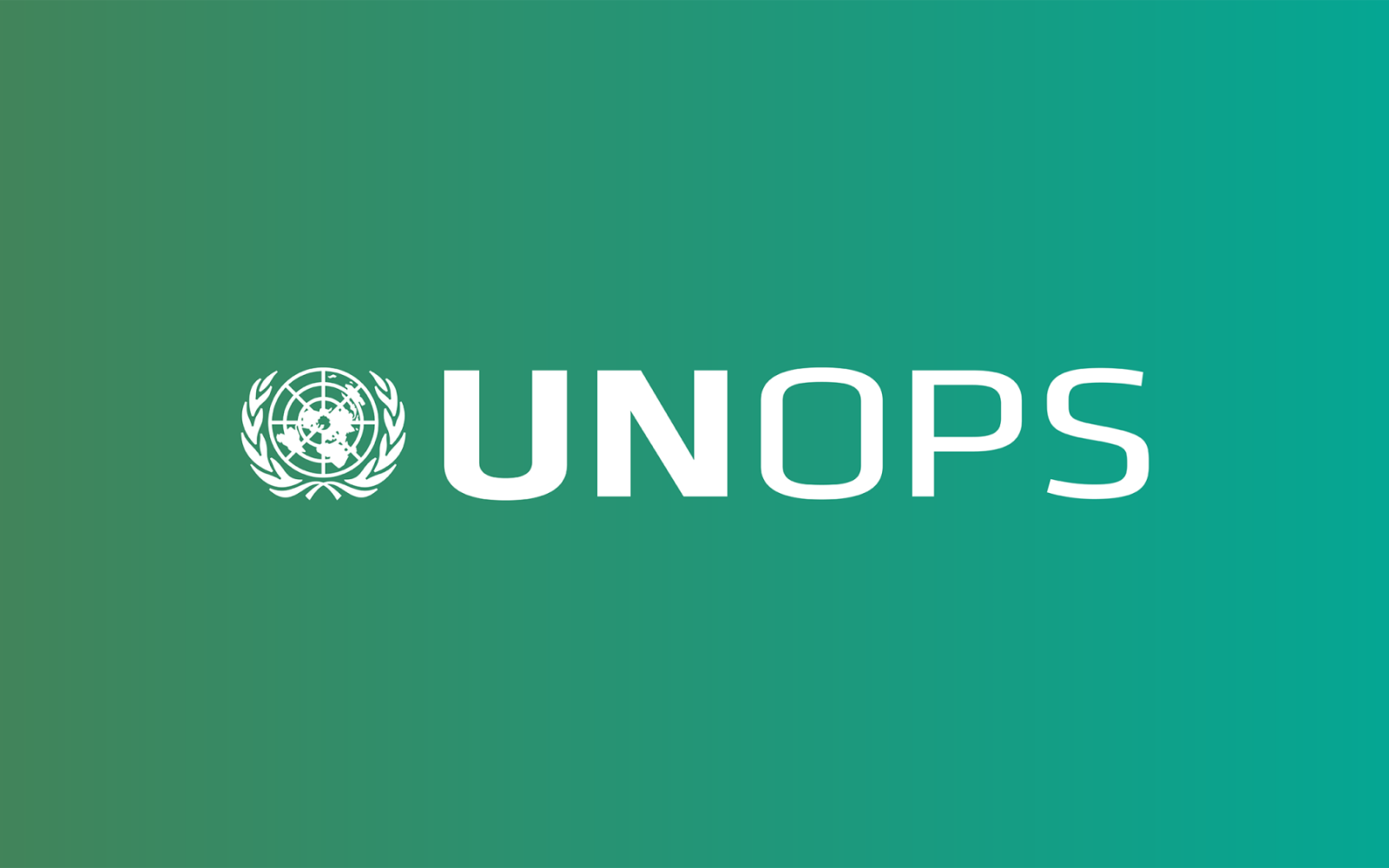The United Nations Office for Project Services (UNOPS)
UNOPS pioneers value chain assessments of greenhouse gas emissions
UNOPS is leading UN efforts to identify and prioritize so-called ‘Scope 3 emissions’.
In a significant step forward for environmental accountability, UNOPS has developed a robust methodology for determining the materiality of indirect greenhouse gas emissions from the organization's value chain – commonly referred to as ‘Scope 3 emissions’.
This groundbreaking initiative sets a new standard for promoting supply chain sustainability within the UN system and is part of UNOPS broader commitments to understanding and addressing the full environmental impact of its operations.
By developing the first Scope 3 methodology of its kind in the UN system, we are moving beyond corporate pledges to take direct accountability for our full environmental footprint.
"This is a critical step for us as an organization focused on implementation, and we believe it provides a blueprint for others to follow in turning climate ambition into tangible action," added Samantha Stratton-Short.
Understanding Scope 3: The full picture
The widely accepted GHG Protocol categorizes emissions into three scopes. While Scope 1 and 2 cover direct and purchased energy emissions, Scope 3 encompasses the full range of indirect emissions that occur in an organization's value chain. For UNOPS, these emissions – which account for over 99 per cent of its total inventory – are primarily generated by the activities of its partners and suppliers.
The new methodology helps UNOPS identify and prioritize the most relevant sources of these emissions for reporting and mitigation purposes. By systematically applying this methodology – which is tailored to be inclusive of UNOPS vast network of stakeholders – UNOPS can make more informed, data-driven decisions and focus its efforts where they will have the greatest impact.
“By pinpointing emissions hotspots, UNOPS can make better-informed decisions, like in procurement, focusing its efforts first on goods that have the highest potential for reductions, while also addressing other opportunities to reduce emissions in the delivery of its projects,” said Nives Costa, UNOPS Social and Environment specialist and co-author of the methodology.
“It will also help UNOPS enhance transparency and align its climate action commitments with broader international climate goals,” she added.
Direct benefits for partners and communities
The transparent assessment of Scope 3 emissions enables UNOPS to deliver more climate-responsible outcomes for the communities it serves. It also strengthens UNOPS ability to support partners, beneficiaries and suppliers in advancing their own climate action journeys by sharing insights, building capacity and aligning efforts across the value chain.
The methodology was developed through extensive consultation with both internal and external stakeholders, including other UN agencies, to ensure it is aligned with best practice standards for carbon accounting. This collaborative approach underscores UNOPS commitment to fostering a more sustainable and accountable future for the international development sector.












